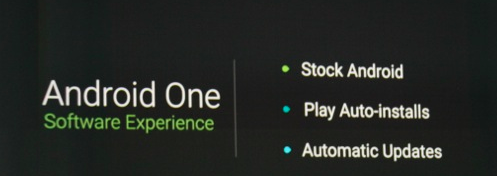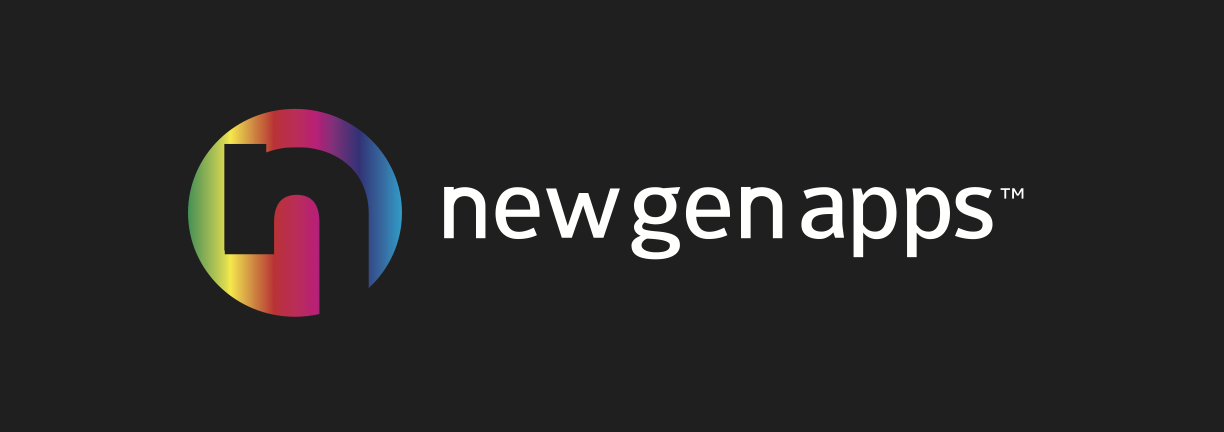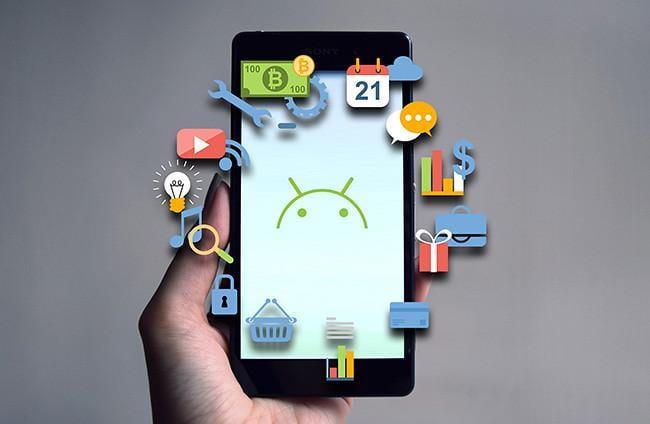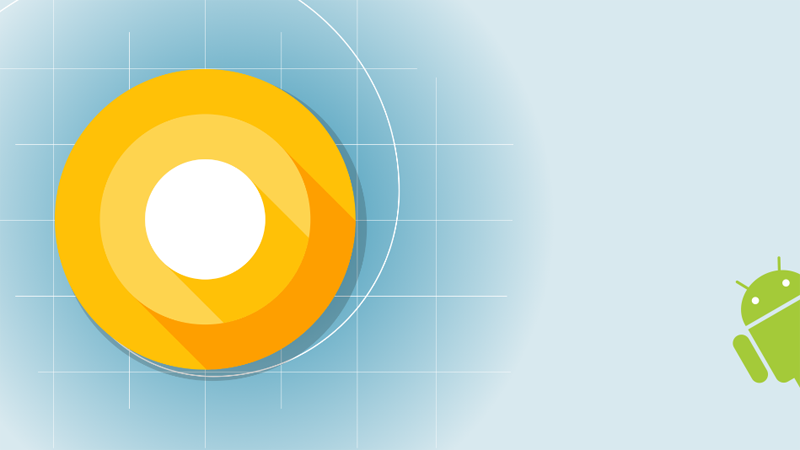The “iOS vs Android” has been an age old battle. iOS has been considered better for monetizing, superior design and usability. Google is trying to change this. With Android-L, Google takes the battle with Apple to the next level.
Here are 8 reasons why you should consider having an Android presence.
1. Larger user base
Android dominates the smartphone market with nearly 7 times market share than its nearest competitor iOS - largely because of more affordable devices.
With the release of even cheaper, affordable Android One, one can imagine Android’s huge user base in the emerging markets.
So if you’re creating a social/crowdsourcing app, Android becomes a must due to the sheer presence

Source: IDC, 2014 Q2
2. Google Play Revenue Growth
The App Store has, till now, been a better source of revenue compared to the Play Store.
Developers have more chances of making their money back on the App Store. But revenue generated by the Google Play Store is expected to surpass that of Apple’s App Store by 2018, according to Radio Free Mobile analyst Richard Windsor.

Although we cannot predict when this would happen but the recent numbers are interesting to note:
Apple App Store generated 80 per cent more revenue than Google Play Store in Q2 2014. But the revenue gap seems to be narrowing every quarter - the App Store had 5% more revenue share as compared to Google Play Store in Q1 (85%) than in Q2 (80%).
3. Automatic platform updates
Fragmentation has always been a pain point with Android. With each carrier having its own fork of Android, OS updates are not immediately available to all Android users. Apps could only take advantage of automatic platform updates forlimited Google-powered features such as Maps, Google Cloud Messaging through Google Play services.
With the release of Android One, users will have immediate access to OS upgraded much like iOS.
Users will have the latest features available in the latest version of Android OS pushed to their devices within days from its release so you can quickly consume new features and get an early mover advantage.
Also new OS adoption rate will increase with this and you can focus more on the newer features rather than focussing on backward compatibility.

4. Faster RunTime
The new Android RunTime, or ART, allows apps to run significantly faster. It improves garbage collection which used to impair an app's performance, resulting in choppy display, poor UI responsiveness, and other problems.
It also introduces ahead-of-time (AOT) compilation, which again improves app’s performance.
5. Improved Discovery and Analytics Measures
Features like App Indexing API or deep linking from google search and enhanced e-Commerce Analytics support from Google Tag Manager help to make apps discovery much easier than on the App Store and helps app publishers understand their users’ behavior.
Google is continuously improving “App Discovery” and “App Analytics” - two key ingredients for an app’s success by frequent updates to Google Play services almost every month.
6. Improved Developer Tools
Google is trying to improve development experience through ”Android Studio” - their new integrated Android development environment.

Android Studio provides tools for performance improvement, usability and version management, all of which have been pain points for Android developers before. Android Studio is currently in beta, but will become the official Android development tool once it’s ready.
7. Flexible Multitasking
While Apple acts as a more tightly controlled platform instructing most apps to move to suspended state as soon as Home button is pressed, Android has always allowed background apps more freedom.
Android provides different standalone app components that work differently:
-
Similar to iOS, you can run finite-length brief tasks in the background in Android. This is done through “broadcast receivers”
-
"Services" in Android allow an application to implement longer-running background operations
-
There is also a "foreground service" - users are actively aware of it through a notification in the status bar. It lets the user to prevent the OS from killing the service even when running low on memory
With iOS, only specific app types are allowed to run in the background (music apps, VoIP apps, apps that need to use location changes etc). With an exception of few other app types iOS background modes are not as expansive as you find in Android.
8. Improved user experience
There was a lack of satisfaction in how the user-interfaces were designed within the entire Android ecosystem.
This has changed with the recent versions of Android. With material design introduced in L- developer preview, Google is trying to get more well-designed apps to Google Play Store. Google is focussing on “one design for all” through material design which is consistent across Android, Google Chrome and Android Wear.
With “bold, graphic, intentional” colors, adaptive design, touch-ripple effects, you can build beautiful Android apps that make the most of the platform.
Conclusion
If you have had an iOS-only strategy till now, it is about time you get your apps on the Android Play Store as well. The platform can no longer be neglected, even with paid apps. Who knows we might soon see “Android-first” becoming a reality in the near future!

8 reasons you should have an Android presence
The “iOS vs Android” has been an age old battle. iOS has been considered better for monetizing, superior design and usability. Google is trying to...




